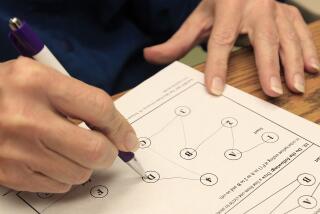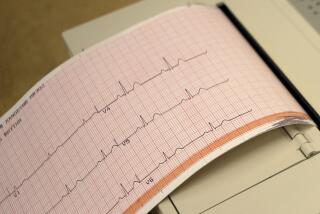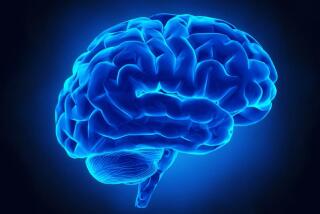Nobel Prize honors researchers’ discovery of the brain’s GPS system
Three scientists who studied how the brain positions us within our environment, plots the route ahead and may even remember where we’ve been were awarded the Nobel Prize in Physiology or Medicine on Monday.
John O’Keefe, May-Britt Moser and Edvard I. Moser were pioneers in the effort to understand how cells, circuits and encoding patterns form a type of GPS system in a region of the brain called the hippocampus.
Their work likely explains why London taxi drivers, who have mastered the most minute spatial details of their city, have a brawnier hippocampal region than ordinary folk. It deepens scientists’ understanding of how Alzheimer’s disease robs people of their ability to navigate once-familiar places. And it has laid the foundation for understanding how time, place and experience are melded as we form the memories by which we define ourselves.
More fundamentally, the discoveries of the Nobel winners have helped neuroscientists conceptualize the brain as a system of specialized cells and interlocking circuits that act together to generate complex behavior.
Working in Canada and London in the 1970s, physiological psychologist John O’Keefe recorded the electrical activity in the brains of free-roaming rodents to demonstrate that cells in the seahorse-shaped hippocampus form cognitive maps of environments the animals explored. Those cells became known as “place cells.”
Almost 30 years later, May-Britt Moser and Edvard I. Moser, a husband-and-wife team of neuroscientists in Norway, would discover that even before the place cells in a rodent’s hippocampus began firing, similar kinds of cells in the neighboring entorhinal cortex fire in a unique grid-like pattern.
These “grid cells” appeared to encode different routes, different spatial scales and different points in the environment by firing at distinct rates and frequencies. In the confined space of the medial entorhinal cortex, the Mosers found, maps of varying scales and levels of complexity could be represented and encoded by distinct patterns of cellular firing.
The collective discoveries of the three scientists “present a paradigm shift in our understanding of how ensembles of specialized cells work together to execute higher cognitive functions,” according to Ole Kiehn and Dr. Hans Forssberg of Sweden’s Karolinska Institute, two members of the Nobel Committee who summarized the winners’ contributions to the field of neuroscience.
O’Keefe and the Mosers discovered these spatial cells, circuits and coding patterns in rodents. But they have since been found in mammals higher up on the evolutionary chain. That, says University of Pennsylvania computational psychologist Michael J. Kahana, was key in establishing that the study of mice and rats can be useful in unraveling the mysteries of the human brain — including the ways in which it can malfunction when under attack by injury or illness.
Kahana added that the Nobel laureates’ discoveries had also laid the foundation for understanding the kinds of memories we use to define ourselves: the collection of personal experiences psychologists call episodic memory.
“Place and memory are intimately related: Space forms a powerful context in which our memories are encoded,” said Kahana, whose research has extended O’Keefe’s and the Mosers’ work to the study of human memory. “That’s why this model of how the brain maps the world is so important to who we are as human beings.”
Using a playbook drawn directly from the work of O’Keefe and the Mosers, Kahana said he and other neuroscientists were delving into how humans encode and retrieve memories that have spatial as well as temporal, perceptual and emotional dimensions — and how those memories can be improved or reconstituted when the injured or diseased brain falters.
The work of O’Keefe and the Mosers also may have set neuroscientists on the path to understanding how we distinguish the present from the past and the future. A 2003 extension of their work showed that in rats, place cells can not only encode where the animal is now, but where it has just been and where it is going next.
That may help explain why people with Alzheimer’s disease and other conditions that harm the hippocampus impair not only the memory but also the ability to plan, or even visualize, the future.
“Knowledge about the brain’s navigational system might help understand the cognitive decline seen in patients” with Alzheimer’s, Kiehn and Forssberg said.
melissa.healy@latimes.com
Twitter: @LATMelissaHealy







